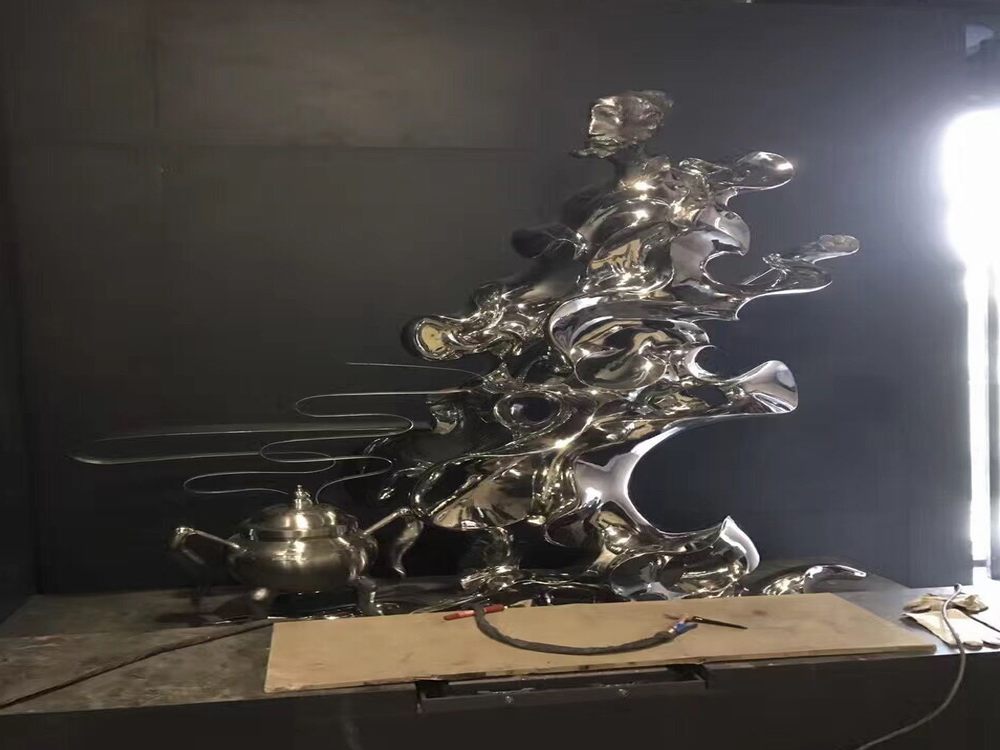
Artists have long recognized the hidden beauty within natural stone inclusions, skillfully incorporating these imperfections to add depth and character to their work. Rather than viewing mineral streaks, color variations, or crystalline formations as flaws, sculptors embrace these organic features as nature's signature on their creations.
The process begins with careful stone selection, where artists examine raw materials for interesting inclusions that could enhance their vision. Some deliberately choose stones with prominent veins or speckles, allowing these elements to guide their design. A skilled carver might position a mineral streak to become a flowing river in a landscape piece or use color variations to suggest movement in abstract works.
Techniques vary depending on the stone type and desired effect. Some artists work around inclusions, carving them into focal points. Others polish certain areas to highlight contrasting textures between the natural inclusion and surrounding stone. The most accomplished practitioners develop an intuitive understanding of how different stones will behave under their tools, predicting how inclusions will interact with light and shadow when finished.
Contemporary artists often emphasize these natural features to create dialogue about imperfection and authenticity in art. By celebrating rather than masking stone's inherent characteristics, they produce works that feel organically connected to the earth while demonstrating remarkable technical mastery. The result is artwork that tells two stories simultaneously - the artist's vision and the stone's geological history.

